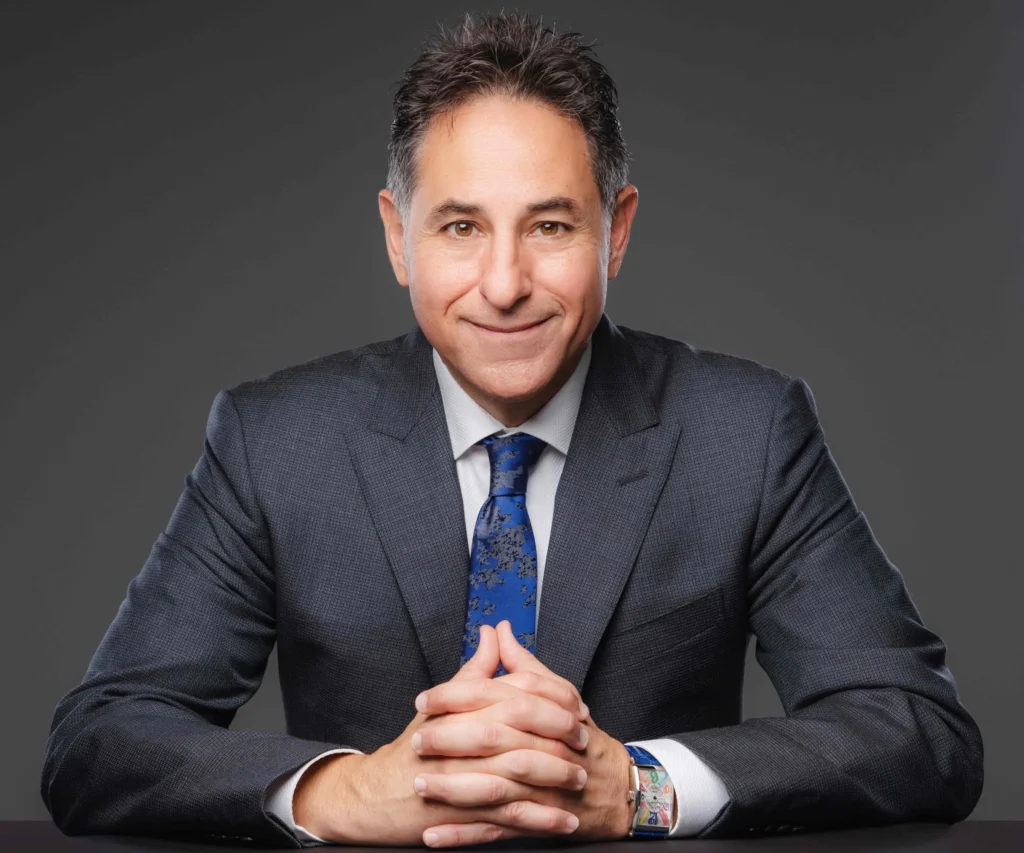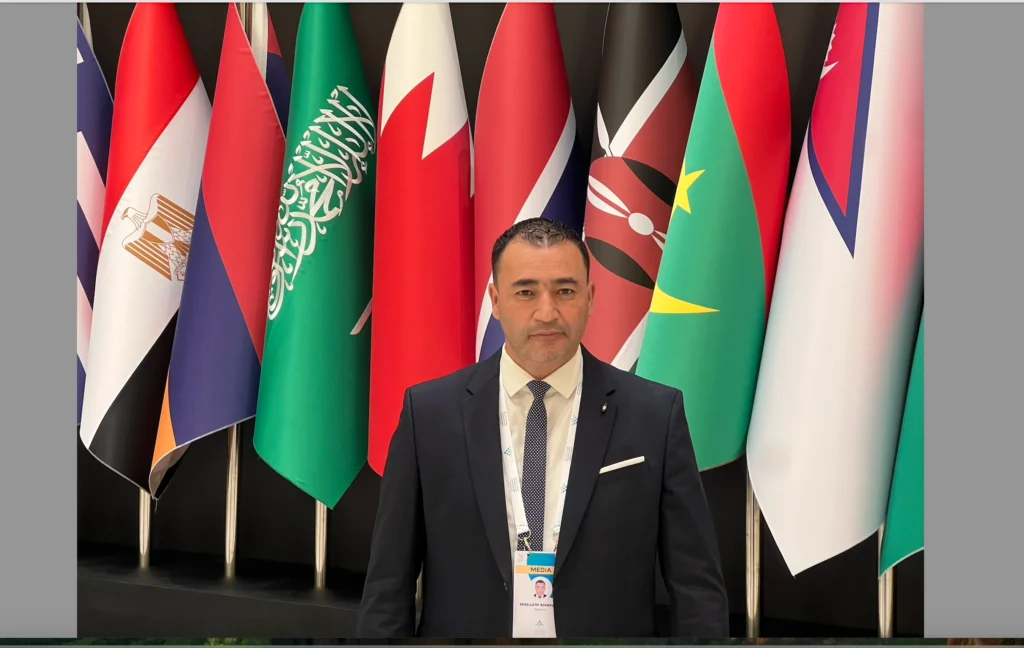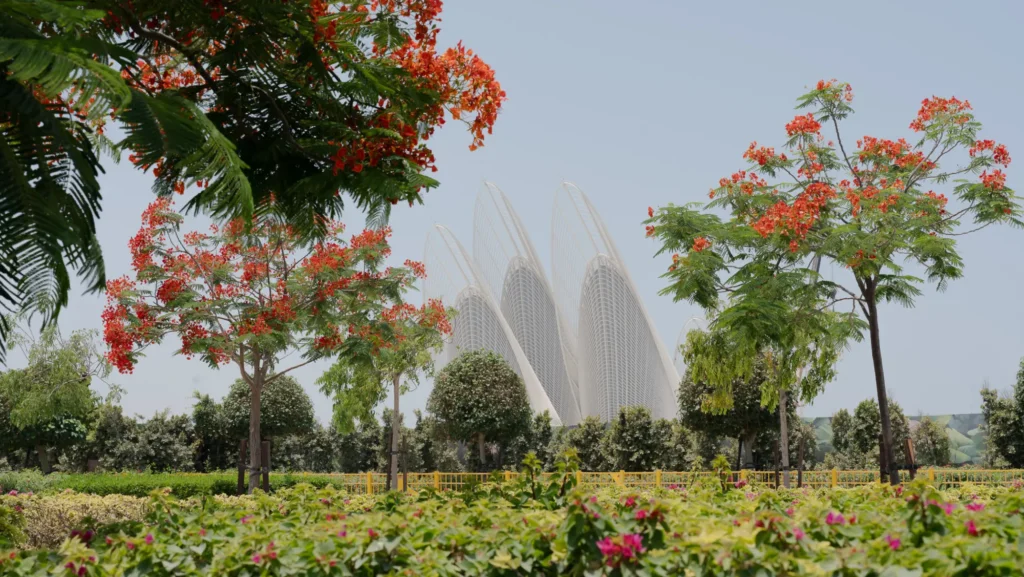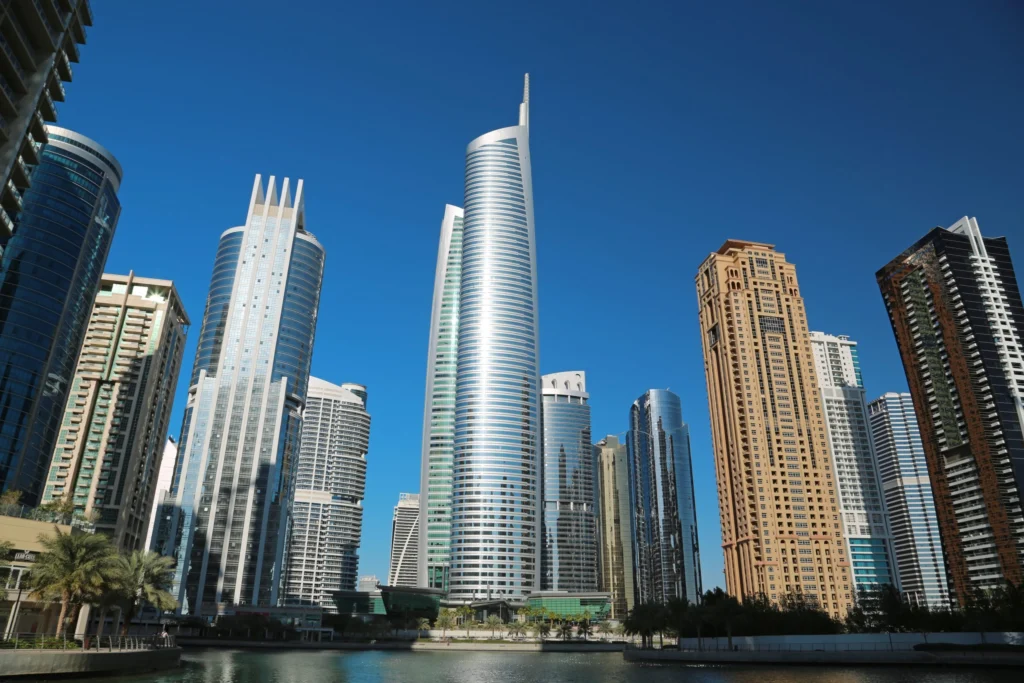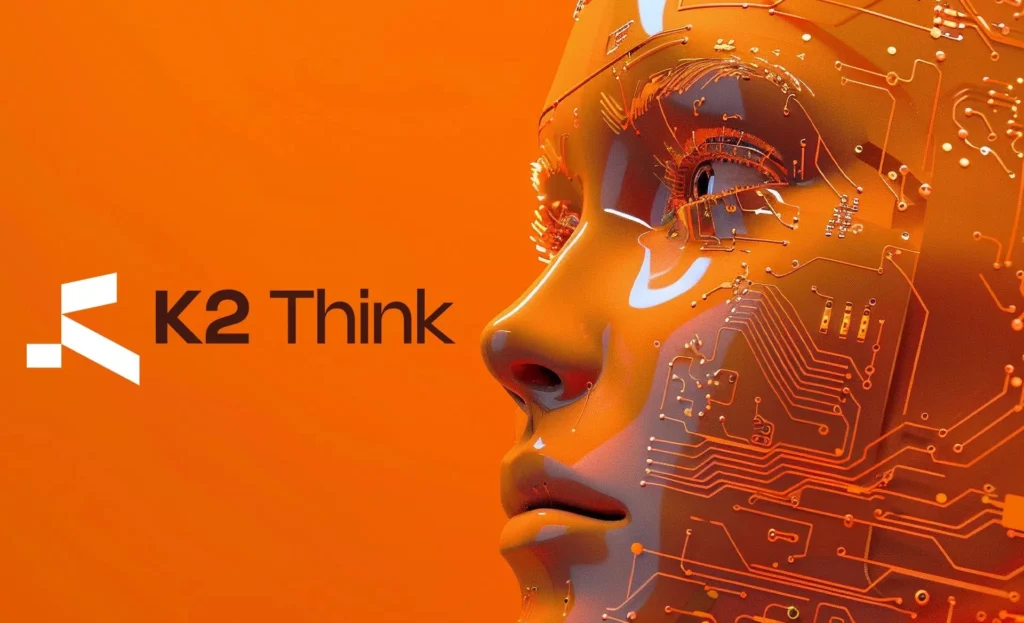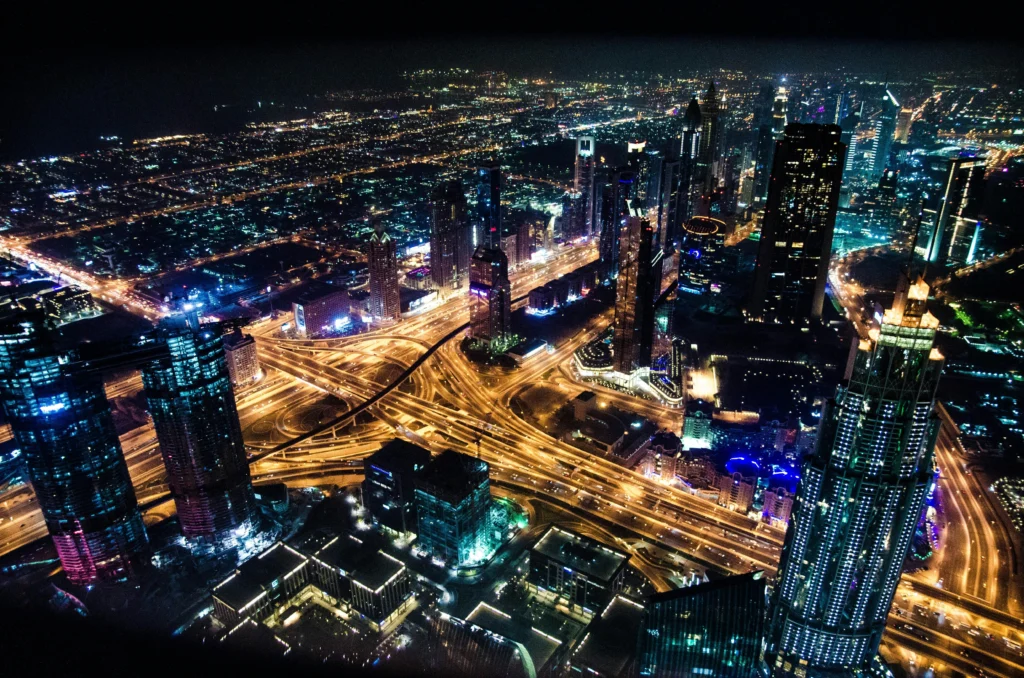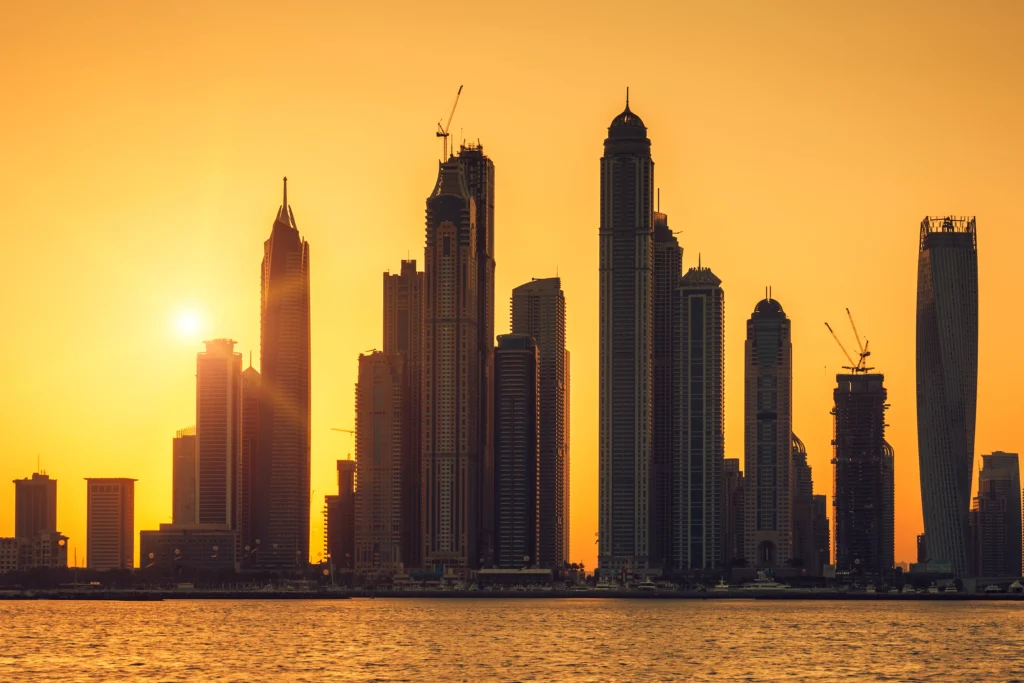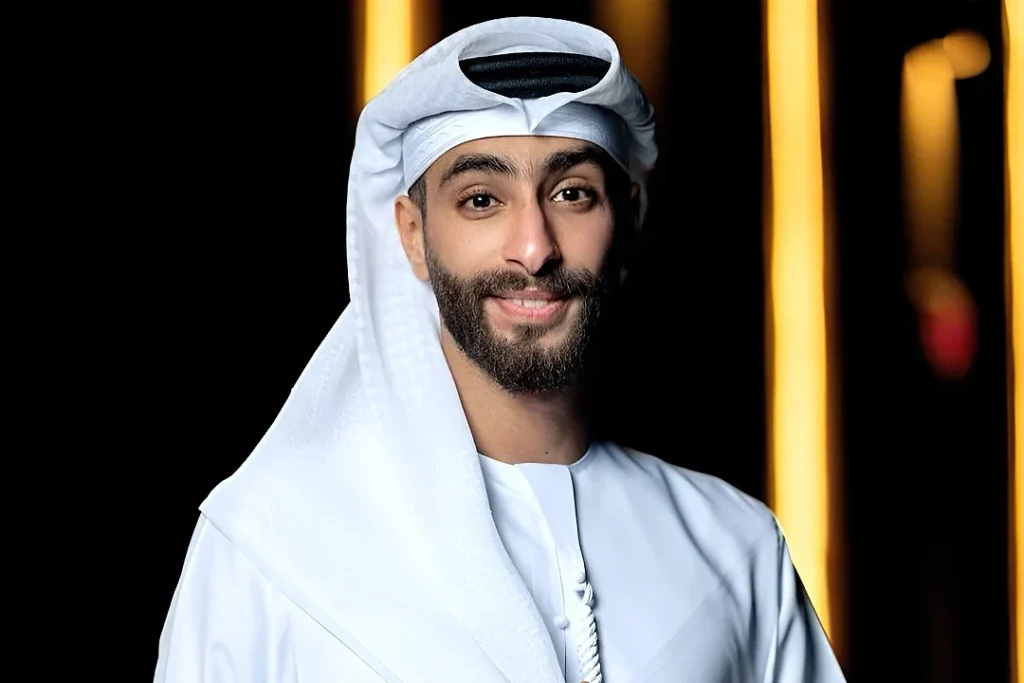Ramy Jallad Leading RAKEZ into a Future of Resilience and Global Growth
Ramy Jallad Leading RAKEZ into a Future of Resilience and Global Growth By Hafsa Qadeer Ras Al Khaimah Economic Zone, better known as RAKEZ, has become one of the most dynamic business hubs in the United Arab Emirates. It is home to nearly 35,000 companies representing more than 100 nationalities, a true reflection of the UAE’s multicultural spirit and global outlook. With operations spanning over 50 different industries, RAKEZ is no longer simply a place for business registration and licensing. It has transformed into a fully integrated ecosystem that combines physical infrastructure, digital readiness, and people-centric support systems. At the helm of this transformation is Group CEO Ramy Jallad, whose vision has positioned RAKEZ as both a secure anchor for regional supply chains and a launchpad for international growth. Jallad is no stranger to driving change. His career spans aviation, oil and gas, real estate, education, and economic development, with each industry offering lessons in adaptability, resilience, and stakeholder management. When he took over RAKEZ, his goal was not just to manage a free zone, but to reimagine it. “Transforming RAKEZ from a conventional free zone into a fully integrated business and industrial ecosystem was a pivotal moment,” he recalls. “It was not just about infrastructure, it was about mindset. We began treating government services with a business lens: focusing on customer experience, digital accessibility, and post-setup support.” This philosophy has shaped how RAKEZ operates today. For Jallad, the question is not whether global investor reach and local resilience can coexist, but how they can complement each other. RAKEZ’s industrial zones and logistics hubs are strategically connected to major UAE ports and airports, with the future promise of Etihad Rail further strengthening the network. This allows investors to root their operations in the region while keeping seamless access to international markets. “By building strong regional value chains while connecting to international markets, we help businesses remain agile in a shifting geopolitical landscape,” Jallad explains. It is this ability to balance global opportunities with local security that makes RAKEZ particularly relevant in today’s fragmented world. Another defining feature of RAKEZ’s evolution has been its embrace of digital alliances. One of the most visible examples is its partnership with Amazon UAE, designed to empower SMEs to thrive in the e-commerce space. Through this collaboration, businesses based in RAKEZ gain direct access to Amazon’s seller platform, onboarding support, and training resources such as workshops and webinars. In an era when traditional globalization is giving way to more regionalized trade models, these digital tools provide SMEs with a bridge to regional and international markets. “With the UAE’s e-commerce industry expected to reach USD 9.2 billion in 2026, SMEs operating in the online space have a huge potential to unlock greater success,” Jallad notes. Partnerships like this show foreign investors that RAKEZ is not only a hub of physical infrastructure but also a facilitator of digital growth. Looking ahead, Jallad confirms that RAKEZ intends to build more such collaborations, equipping its community with the platforms needed to compete in a digital-first economy. What truly distinguishes RAKEZ, however, is its organizational culture. Jallad insists that the key to attracting and retaining global investors lies in building a culture of agility, inclusivity, and client-centricity. Establishing a business with RAKEZ is designed to be efficient, cost-effective, and tailored to different scales of operations. SMEs, for example, benefit not only from affordable workspaces but also from dedicated mentorship programmes, networking opportunities, and access to expert resources that help entrepreneurs grow sustainably. Larger corporations, on the other hand, are offered bespoke solutions, from customised industrial plots and warehouses to flexible offices and dedicated account managers. “By nurturing this culture of inclusivity and adaptability, we create an environment where businesses of all sizes feel valued, supported, and confident in their ability to thrive,” says Jallad. Over the years, RAKEZ’s sectoral focus has evolved in response to global shifts. While traditional industries such as manufacturing and trade remain strong pillars, new sectors are increasingly defining its value proposition. Advanced manufacturing, logistics, technology, e-commerce, and sustainability-driven industries are now central, with expansions into agri-tech, clean energy, gaming, and digital services. This reflects both global investor demand and regional opportunities. By anticipating where the global economy is headed, RAKEZ positions Ras Al Khaimah as a hub not only for resilience but also for innovation. “The future will be about reinforcing RAKEZ’s role as a partner in progress, helping businesses seize new opportunities and navigate emerging challenges with confidence.” For Jallad, partnerships have been a recurring theme in his career. Under his leadership, RAKEZ has forged collaborations with DHL, Tradeling, Etihad Credit Insurance, and international outreach initiatives in markets like China, India, Russia, Italy, Germany, and the UK. These partnerships extend the reach of RAKEZ companies, allowing them to tap into global opportunities while remaining anchored in the region. “Strategic partnerships have reinforced the importance of building bridges, not just infrastructure,” he remarks. These bridges are especially critical in times of global disruption, as they ensure companies can continue to access both suppliers and customers across continents. Leadership in such a multicultural environment comes with its own set of lessons. RAKEZ’s community represents more than 100 nationalities, making inclusivity both a strategic advantage and a moral imperative. Policies and services are designed with cultural sensitivity in mind, and stakeholder engagement is built on listening and respect. Jallad sees multiculturalism not only as part of RAKEZ’s identity but also as a powerful tool for attracting foreign investment. “For investors, it provides confidence that they will operate in an environment where talent, ideas, and networks transcend borders,” he explains. By fostering collaboration between businesses from diverse backgrounds, RAKEZ ensures that cultural diversity becomes a driver of innovation rather than a barrier. Looking to the future, Jallad identifies sustainability, technology, and regional integration as the three pillars that will shape RAKEZ’s next chapter. With the UAE’s ambitious green economy goals, RAKEZ is expanding eco-friendly initiatives in 2025, including green industrial solutions and renewable energy adoption. Technology and

